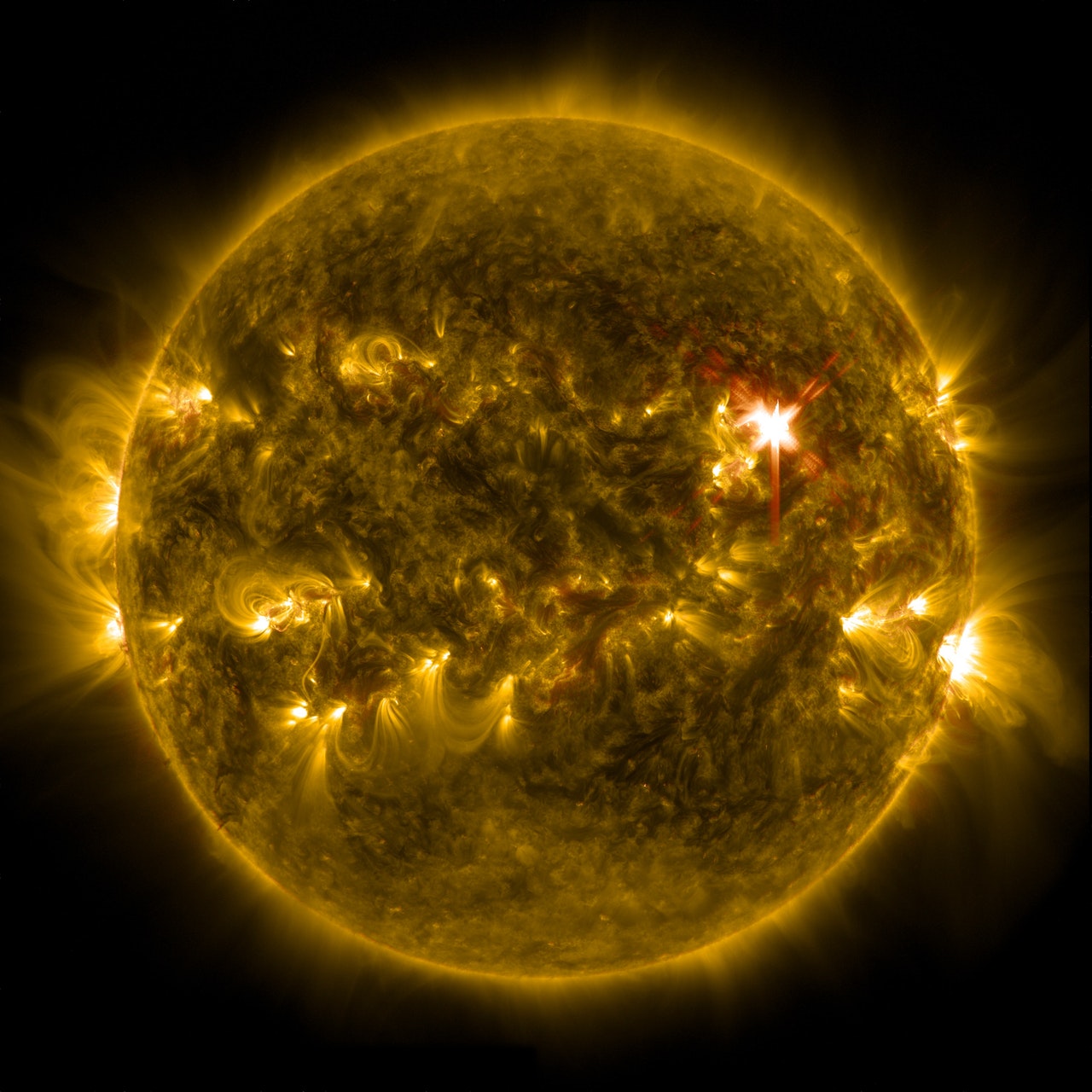The Revised Kardashev Scale
Also known as the Travis Scale, the Kardashev scale was proposed by Nikolai Kardashev in 1964 AD. Originally the scale consisted of between three and five levels, those being: A. Planet, B. Star, C. Galaxy, D. Universe, E. Multiverse. A civilization at level C must have control over their entire galaxy and everything inside it, implying Dyson swarms around the majority of stars and interstellar megastructures. This scale was seen as ineffective because of the large jumps between levels, and non-linear progression. Kardashev also measured a civilization's level by its energy consumption, which has proven to fluctuate wildly, without significant correlation to civilization levels. The modern scale was popularized by Travis O'Connor after his first rise to fame in 324. Travis added 15 levels in his scale, ranging from 'island class' to 'hubble size' civilizations. This scale uses a civilizations population as a metric, organizing them into the minimum amount of space they could inhabit, if the civilization was dense and homogeneous. This means that while a civilization may have colonies on several planets, it likely won't classify as an interplanetary civilization until those planets are fully industrialized, and possibly terraformed. Travis dismissed the notion of a multiversal civilization, and his largest size is equivalent to D class in the traditional Kardashev scale. As has been adopted by the scientific community, the Revised Kardashsev Scale is officially:
-
1. Island Class -- 102
-
An island class civilization controls a small island, and uses its reach a population of around one hundred.
-
2. Continent Class -- 104
-
A continent class civilization controls a major continent on its planet, and has tens of thousands of residents.
-
3. Hemisphere Class -- 107
-
A hemisphere class civilization inhabits a large portion of their planet, and contains around forty million citizens.
-
4. Planet Class -- 1011
-
A planet class civilization has control over its entire planet, and reaches a maximum population of seventy-five billion.
-
5. Planetary Class -- 1016
-
A planet-system class civilization is built of a planet and its nearby space, often including moons. They hold a maximum of several quadrillion humans.
-
6. Interplanetary Class -- 1020
-
An interplanetary class civilizations control several planets and the space between, with a population ceiling of several hundred quintillion.
-
7. Stellar Class -- 1025
-
A stellar class civilizations control and entire star and its energy, which enables them to hold fifty septillion humans.
-
8. Interstellar Class -- 1030
-
An interstellar class civilization inhabit a star and its nearby regions, including an Oort cloud and occasionally rogue planets. Their populations can reach the nonillions.
-
9. Stellar Group Class -- 1035
-
A stellar-group class civilization has colonies on multiple stars, allowing them to reach a maximum of hundreds of undecillions of citizens.
-
10. Stellar Region Class -- 1040
-
A stellar region class civilizations control hundreds of stars in their corner of the galaxy, which let them have populations in the tens of tredecillions.
-
11. Galaxy Class -- 1045
-
A galaxy class civilization controls its entire galaxy, with dyson swarms or spheres around each star and interstellar megastructures. They can have a maximum of a quindecillion population.
-
12. Galactic Group Class -- 1050
-
A galactic group class civilization controls a galaxy and its dwarf neighbors, or occasionally another galaxy engadged in a merger. They can have populations in the hundred quindecillions.
-
13. Galactic Cluster Class -- 1055
-
A galactic cluster class civilization controls an entire group of galaxies, with possibly thousand of mega black holes and tens of septendecillions of inhabitants.
-
14. Void Class -- 1060
-
A void class civilization inhabits a region defined by its limits in voidspace, rather than the end of a structure. They are so large mass and time lose their meaning. These empires could contain ten vigintillion souls.
-
15. Hubble Class -- 1070
-
A hubble class civilization spans the maximum possible volume as dictated by the speed of light and heat death of the universe, and is the largest organized group of beings possible. This number does not as yet have a name because of its size.
Remove these ads. Join the Worldbuilders Guild









Comments